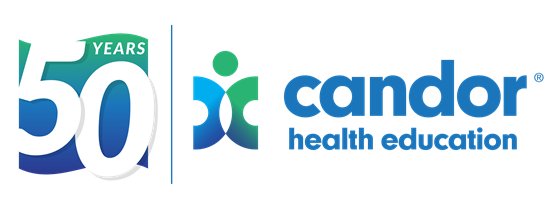As a Health Educator, the most common question I am asked by adults is “how do I talk to my teenager about drugs?”.
Some of the most important work around these conversations is properly preparing ourselves to have them. There are all types of different drugs in this world and doing research on them all can be overwhelming and for many flat out impossible. A great starting point is to gather information on a specific drug that may be impacting a family/community or simply the most commonly abused drugs by teens which for many communities are alcohol, marijuana, nicotine (vape products, cigarettes, etc.) and prescription medicine. Having background knowledge can only help in delivering the pertinent information while empowering teens to make healthy decisions regarding these substances.

After gathering this information, plan to have discussions (not lectures) about the effect’s drugs can have physically and mentally in the short and long term. Take time to gather what morals and expectations you have for your teen and how you will clearly communicate them. Also, prepare to be asked tough questions and realize you are not going to have all the answers immediately at your disposal. There is value in not being a “know-it-all”, which can show young people you are able and willing to learn things with them. Parents are the biggest influence in a teen’s life and regularly having these conversations with openness, empathy and support will go a long way.
The Partnership for Drug-Free Kids offers two important tips on talking with your teen and breaking through communication barriers.
- Choose a good time and place: Choose blocks of time, maybe on the way to or from school. Take a walk or a drive together, with less eye contact, your teen won’t feel like they are under a microscope. I had the most productive discussions with my teens in the car.
- Remember their brain is still developing:
One of the first parts of the brain to fully develop is the Amygdala, which impacts experiencing emotions. The Prefrontal Cortex, responsible for high level decision making, problem solving, and strategizing is not fully developed until about age 25, as the human brain develops from back to front.
This may help (teens and adults) gain a better understanding of why young people sometimes make the decisions they do. In times of haste, teenagers often rely on their Amygdala (emotions) rather than their Prefrontal Cortex (consequences) to make decisions. By no means is this an excuse for behavior, but rather an opportunity to educate our young people to help them take time to evaluate outcomes before making decisions.
In the past many anti-drug programs told kids to “just say no”, but with time we have found that along with saying “no” we need our young people to also “know”. Not only will they need specific pieces of information on drugs, but also tools like decision-making/goal-setting skills and personal/social strategies that can be used in risky situations to help them live healthy lives.
There are many books written to help parents and teenagers understand the dangers of drugs. One of the books I found helpful in leading me to have open conversations with my teenagers was “Sunny’s Story”, written by Ginger Katz, a mother who lost her son to a drug overdose.
 Written by: Joan Sheldon-Health Educator, Candor Health Education
Written by: Joan Sheldon-Health Educator, Candor Health Education
